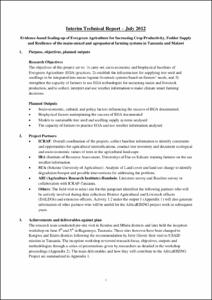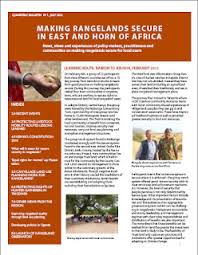Rift Valley fever in Kenyan pastoral livestock: Simulation with an individual-based demographic model
Rift Valley Fever (RVF) is a viral zoonosis and a mosquito-borne disease caused by a phlebovirus in the family Bunyaviridae. It affects livestock, humans and wildlife. Epidemic outbreaks of RVF in East Africa, which occur after heavy rainfalls in cycles of 5-15 years, have caused next to human morbidity and mortality considerable economic losses throughout the livestock production and market chain. Establishment of a pastoral livestock demographic model simulating alternating normal and drought periods (appropriate for the Sahel) and RVF epidemics.




